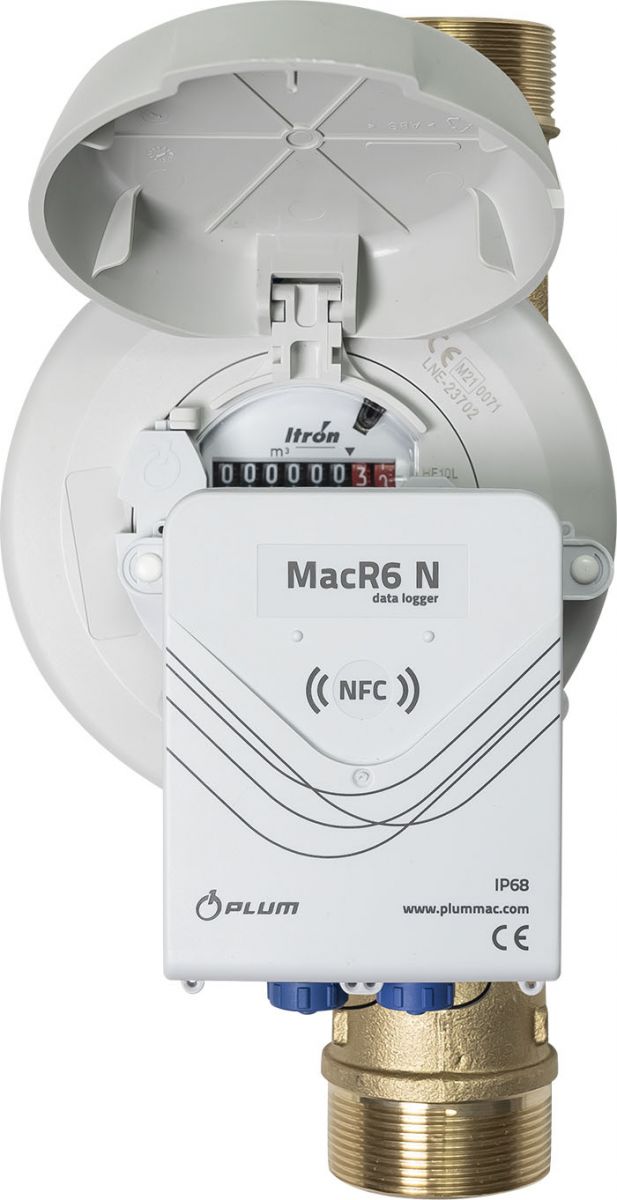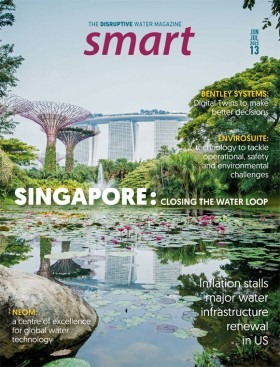Why smart water metering should use low power cellular radio

The modernization of utility networks is one of the largest infrastructure projects of the 21st century. There’s no more valuable resource in the world than water, and innovations in water metering technologies allow electronic measurement of not only consumption, but detailed data that can be used to preserve the precious resource, and more rapidly address leaks.
Managing utilities has always been a hassle, with staff dispatched on foot to manually read water meters -- a time-consuming and massive logistical effort. Advances in telemetry solutions have helped utility companies remotely read meters from short distances. But because the range is limited to only a few meters, these solutions still take considerable manpower, fuel and vehicle maintenance costs.
You can’t manage what you can’t measure
Old meters allowed utility companies to collect periodical readings, providing limited data usable for developing insights. Today’s state-of-the-art sensors deliver a continuous stream of real-time information with all sorts of metrics on consumption. This data allows utility managers to engage in preventative maintenance and solve problems before they become larger and more costly. The information is stored on a secure, reliable cloud-based network, accessible through web-based dashboards and customizable reports that make data gathering and analysis simple and efficient.
Today’s state-of-the-art sensors deliver a continuous stream of real-time information with all sorts of metrics on consumption
Selecting the ideal communication technology
Data from these meters need to be processed into actionable insights, but first must be transmitted directly from the sensors to the provider’s management platform in the cloud – requiring powerful tech infrastructure. Sensors for water metering are usually installed within a building infrastructure or underground. A reliable technology is necessary, one that can penetrate through walls over long distances. But that’s only one part of the puzzle: sensors need power to operate. Battery is preferable to electricity, because it’s a massive undertaking to send external power to every meter. But relying on battery requires sensors that last for years, or the hassle of annual meter readings is merely replaced by the hassle of annual battery replacements.
Building the ideal network infrastructure
Companies and municipalities have traditionally setup their own communications network based on Low Range Wide Area Network (LoRaWAN) technologies. They reach far, easily penetrate walls, and are designed for low power consumption. One of the main reasons to choose these license-free solutions is to independently enable private networks that can be deployed everywhere. There’s no external operator needed, no extra fees, nor costly long-term contracts. But to get that data delivered from the device to the cloud, a LoRaWan network requires dedicated gateways. Additional hardware means additional complexity for setup and maintenance, and higher costs. All that’s needed is to get data from the meters to the cloud, but utility managers have built their own network infrastructure -- distracts from the core business of delivering utilities. It makes no sense to become your own telecommunications provider, but that’s how it’s been done.

Next Generation Water Metering: The MacR6N is one example of an industrial data logger, adapted for the toughest environmental conditions. Built by Poland-based metering specialist PLUM, it works independently for years via low-bandwidth cellular connectivity delivered by 1NCE.
Cellular technologies are becoming attractive
Complex pricing structures by cellular network operators made integrating the costs of connectivity into metering products unattractive. But times have changed. Germany-based 1NCE entered the market in 2017 with a uniquely simple pricing model: a one-time fee for connectivity that usually lasts over the entire lifetime of a sensor.
It’s not only price saved for utility managers that can skip the costly private networks, but also flexibility. By supporting all possible cellular technologies -- 2G, 3G, 4G, and especially low power technologies LTE-M or NB-IoT – 1NCE opens new opportunities for smart metering and every other element of smart cities: pre-paid cellular connectivity that integrates the costs of connectivity into the final price of the device. Supporting the best available technology for each project makes the private network obsolete, at least for utility managers.
1NCE entered the market with a simple pricing model: a one-time fee for connectivity that usually lasts over the lifetime of a sensor
Low power connectivity makes more sense than “classic” 3G/4G/5G cellular connectivity for smart metering. LTE-M or NB-IoT deliver strong signal penetration, perfect for use in buildings, or even underground. Bandwidth is limited, but metering sensors don’t send video files with big data usage like a mobile phone. They send a tiny fraction of the data and don’t need high bandwidth, so low power connectivity saves a ton of energy. Devices can easily run 5 to 10 years without battery replacement. And on the design side, low power connectivity means modules are cheap, often offered for as low as €10 and fully equipped with various sensors.
More than just connectivity
1NCE also offers ready-to-use and adaptable software tools that solve typical challenges faced with every type of smart metering project
1NCE is the only provider of connectivity and software for IoT at a global flat rate – offering fast, secure, and reliable cellular connectivity and software services in 140 countries. For only €10 for 10 years, customers can deploy, connect, and manage sensors across the globe. The connectivity offering is simple: enough data, for as little as a Euro per year per device, to run a water meter over its entire estimated lifetime. It’s a highly scalable solution for smart utilities.
But 1NCE also offers ready-to-use and adaptable software tools that solve typical challenges faced with every type of smart metering project. Talk to 1NCE not only when you need connectivity, but also when you’re about to develop your own metering device. See more at: www.1nce.com.

